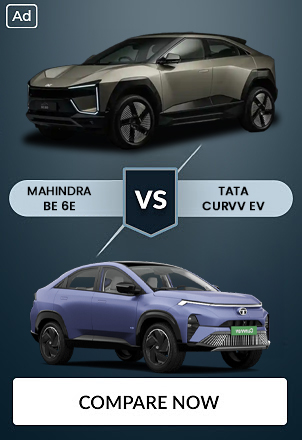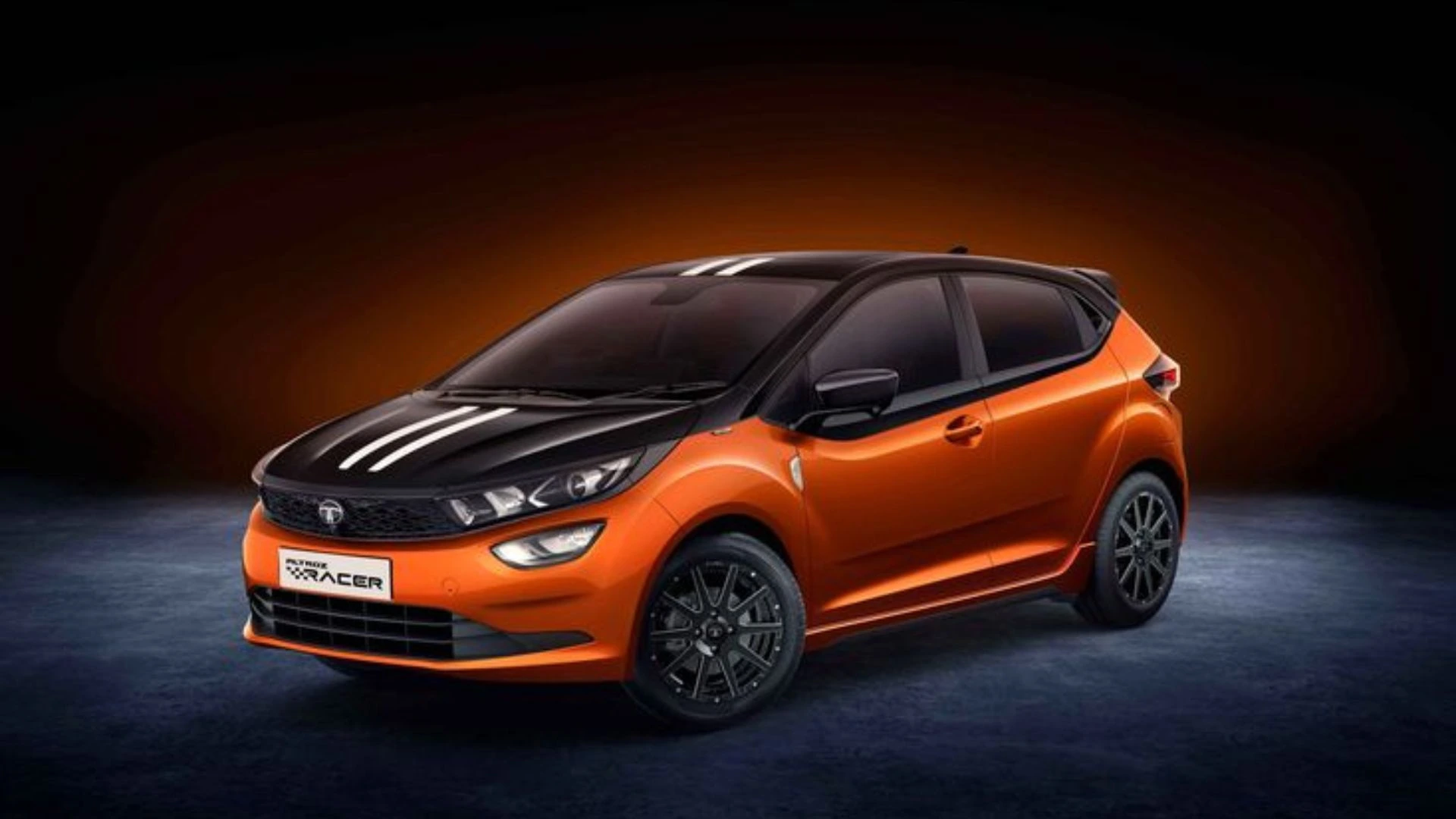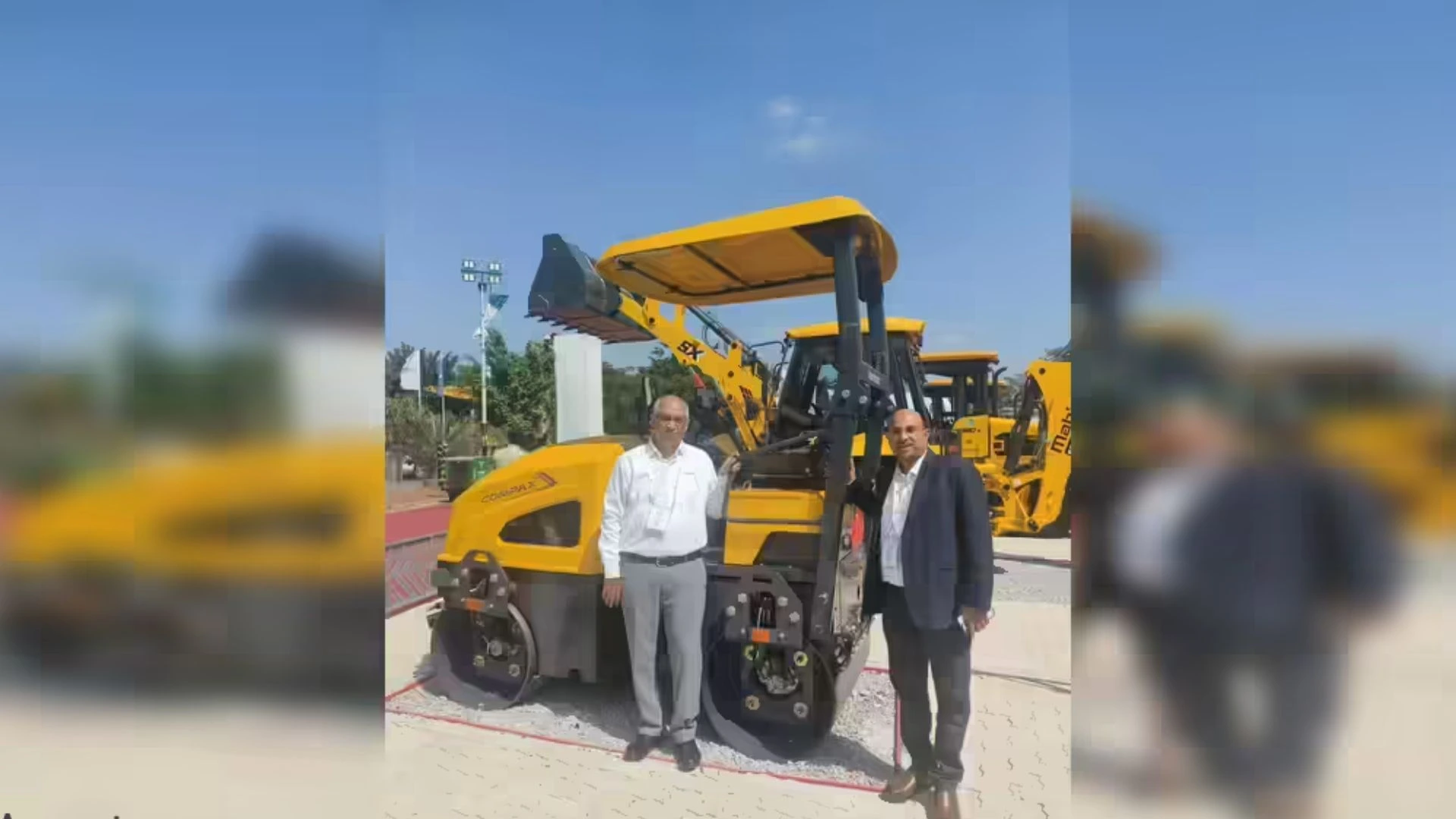The Delhi government has made significant progress in the battle against escalating pollution levels, declaring that all non-BS6 and non-CNG commercial vehicles will be completely banned, effective November 1, 2025. The announcements are part of Delhi’s Air Pollution Mitigation Plan 2025, announced by Chief Minister Rekha Gupta to help make the capital a cleaner, greener, and more breathable place for its residents.
Here are some highlights from the transformation plan, and what they mean for the future of Delhi.
Why the Ban on Non-BS6 and Non-CNG Commercial Vehicles?
Delhi has long struggled with dangerous levels of air pollution. Vehicular emissions are one of the top contributors, especially from older, diesel-powered commercial vehicles. To tackle this:
- Only BS6-compliant and CNG commercial vehicles will be allowed within city limits starting November 1.
- The focus is on significantly reducing harmful emissions from outdated engines and promoting green mobility.
Key Highlights of the Air Pollution Mitigation Plan 2025
Deployment of Electric Autos
- 2,299 electric autos will be deployed at key Delhi Metro stations.
- This step aims to reduce last-mile pollution and provide citizens with eco-friendly transit options.
EV Charging Infrastructure Expansion
To support the electric push:
- 18,000 public and semi-public EV charging points will be installed.
- Locations include malls, airports, railway stations, bus terminals, and commercial zones.
- Existing infrastructure will be audited and upgraded.
Government Fleets to Go Electric
- 80% of Delhi government vehicles will transition to clean fuel, primarily electric.
- A new EV policy is in the pipeline to encourage private and commercial EV adoption.
- Protected areas and forests will become EV-only zones.
Smart Traffic Systems & Pollution Monitoring
To ensure compliance and reduce congestion:
- Smart Intelligent Traffic System to monitor and manage traffic in real time.
- Automatic Number Plate Recognition (ANPR) cameras will flag End-of-Life (EoL) vehicles at Delhi borders.
- Real-time SMS alerts will notify violators from other states.
- PUC centres will undergo mandatory audits every six months to maintain accuracy.
Dust Control & Greenery Expansion
Air pollution is not just about exhaust pipes; dust pollution is an important aspect as well. Here's how Delhi plans to deal with this dust pollution:
- Planting of 70 lakh saplings under the ‘Ek Ped Maa Ke Naam’ campaign starting June 5 (World Environment Day).
- Deployment of:
- 1,000 water sprinklers
- 140 anti-smog guns
- 13 mist sprayers at pollution hotspots (GPS and sensor-monitored)
- 200 mechanised road sweepers
- 70 electric litter pickers
- 38 water tankers
High-rise buildings (above 3,000 sq. m) like malls and hotels must install rooftop anti-smog guns, active throughout the year (excluding monsoons).
Conclusion
Delhi government ban on non-BS6 and CNG commercial vehicles from November 1 is not just another policy around traffic - it is a momentous moment in the fight against air pollution. By prioritising electric mobility, advanced infrastructure and cleaner air, Delhi is leading the way for urban centres across India.
Also Read: Commercial Vehicle Insurance Benefits and Coverage Explained




_1749019223.webp)

_1749021870.webp)
_1765357579.webp)
_1765357577.webp)

_1765348383.webp)